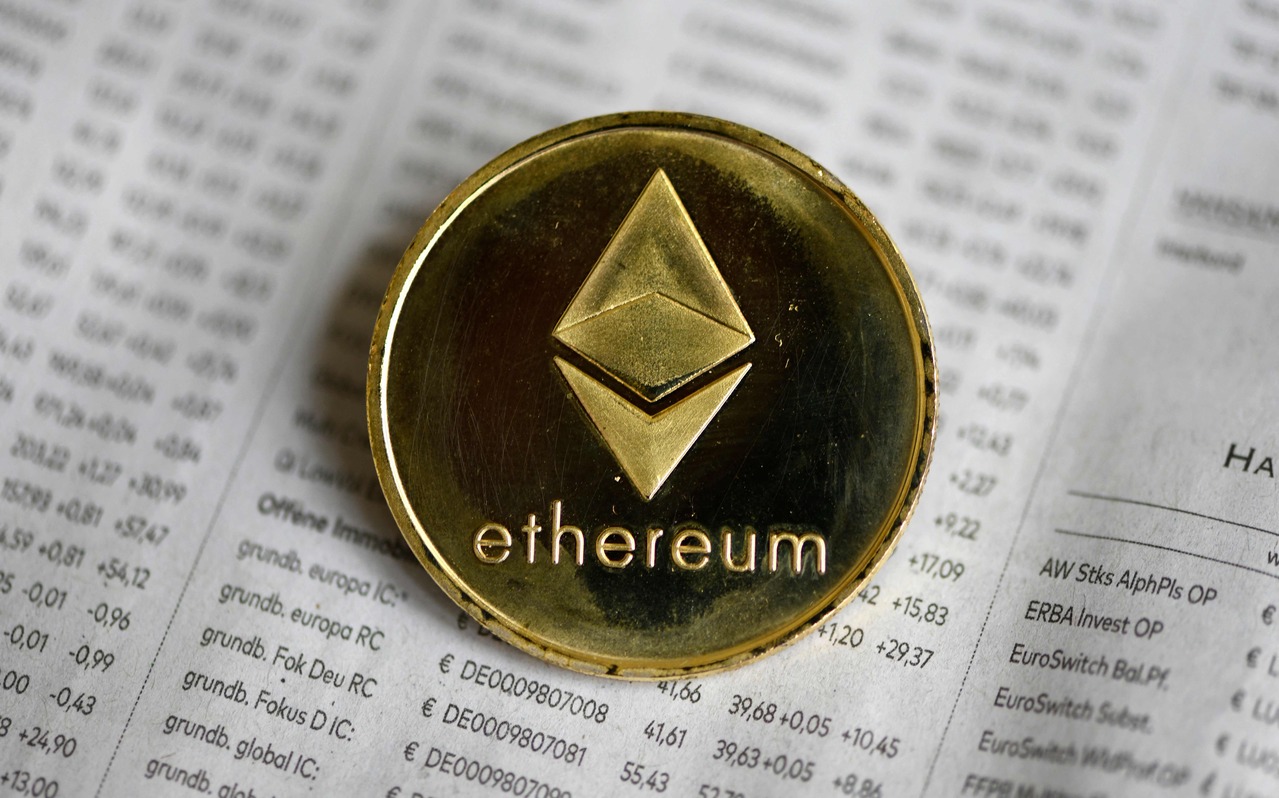The crypto world can't wait for 'the Merge'
Sign up now: Get ST's newsletters delivered to your inbox

A long-awaited software upgrade to Ethereum, known as the Merge, has gained near-mythical status after years of delays.
PHOTO: AFP
Follow topic:
LONDON (AFP, NYTIMES) - The cryptocurrency industry has endured a terrible year. A devastating crash wiped nearly US$1 trillion (S$1.39 trillion) from the market. Several companies filed for bankruptcy.
Now the industry is fixated on a potential saving grace: a long-awaited software upgrade to the most popular cryptocurrency platform, Ethereum, which provides the technological backbone for thousands of crypto projects. The upgrade - known as the Merge - has gained near-mythical status after years of delays that left some insiders questioning whether it would ever happen.
But if all goes according to plan, the Merge will take place around Sept 15, more than eight years after it was initially discussed.
The change would shift Ethereum to a more energy-efficient infrastructure, addressing the widespread criticism that crypto's climate effect outweighs its possible benefits. And it would lay the foundation for future upgrades to reduce the hefty fees required to conduct transactions in Ether, the second-most valuable digital asset after Bitcoin.
So what is the backdrop for the looming reset and how will it calm prices and cut electricity usage?
Why does crypto use so much energy?
Bitcoin, Ethereum and other such currencies are "mined" by solving complex puzzles using powerful computers that consume enormous amounts of energy in vast warehouses, often near cheap electricity sources.
A blockchain is the decentralised and secure ledger for recording those transactions, which occur when encrypted codes are passed across a computer network.
Users validate their success via a so-called "proof of work" mechanism that rewards them with cyber currency - but only after they have proved their participation in such energy-intensive mining.
Why is Ethereum popular?
Ethereum - down by 55 per cent in value so far this year - is nevertheless regarded as vital because it is where most virtual assets, including headline-grabbing non-fungible tokens (NFTs), are bought and sold.
That is partly because users can create "smart contracts" or algorithmic computer code, which carry out customised transactions for different functions.
"In the last few years, there have been other similar platforms such as Solana or Cadano, but none of these have this huge network and this huge amount of developers and projects, and historical success," said Blockchain Research Lab chief executive and co-founder Lennart Ante.
Why is it changing?
Ethereum's broad adoption makes it even more important to address environmental concerns and change tack, as those worries had sparked a partial boycott.
"Proof of work mining is environmentally destructive, expensive and inefficient," summarised digital currency specialist Eswar Prasad, a professor at Cornell University.
Yet the carbon footprint of a decentralised blockchain system is difficult to assess because electricity sources are not always identified.
What is the switch?
Ethereum creator Vitalik Buterin has planned for a switch to a so-called "proof of stake" mechanism from the middle of September.
Right now, Ethereum is a blockchain protocol secured by miners who validate its transactions in real time using their computing power in return for new tokens.
After the Merge, the protocol will be secured by validators who post capital in return for a percentage yield on their pledged funds.
Ethereum currently consumes about 45 terawatt hours of power per year.
Bitcoin in contrast is estimated to use 95TWh of power per year, equivalent to Pakistan's annual consumption.
What are pros and cons?
Experts estimates the upgrade will use 99 per cent less energy than the current set-up.
It would therefore allow users to execute quicker and more efficient transactions.
"The energy consumption would be close to zero," Mr Ante told AFP. "You do not need any of the hardware anymore, only the software."
At the same time, the new approach is not without risks.
Some users might decide to switch to rival networks where they can still able to use enormous amounts of energy to mine currency.
Mr Prasad also cautioned that the proof of stake method was "not perfect" owing to liquidity and governance concerns.

